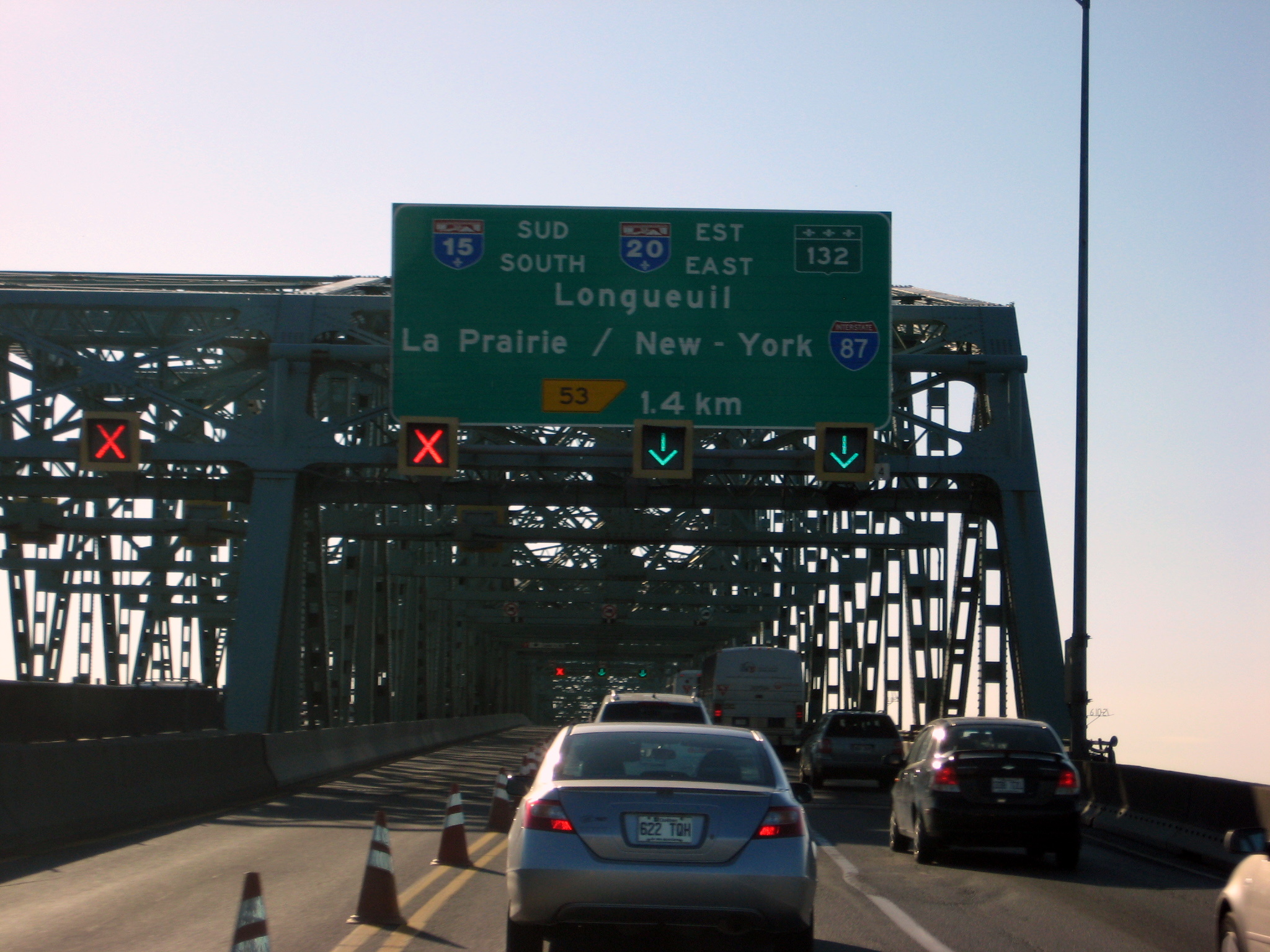Lane Control Lights on:
[Wikipedia]
[Google]
[Amazon]
{{unreferenced, date=March 2009
 Lane control lights are a specific type of
Lane control lights are a specific type of
 Lane control lights are a specific type of
Lane control lights are a specific type of traffic light
Traffic lights, traffic signals, or stoplights – known also as robots in South Africa are signalling devices positioned at intersection (road), road intersections, pedestrian crossings, and other locations in order to control flows of traf ...
used to manage traffic on a multi-way road or highway. Typically they allow or forbid traffic to use one or more of the available lanes by the use of Green lights or arrows (to permit) or by red lights or crosses (to prohibit). When used, they are usually repeated at regular distances to provide a continuous reminder of the lane status to drivers.
On certain multiple-lane highways, one or more lanes may be designated as ''counterflow lanes'', meaning that the direction of traffic in those lanes can be reversed at any time (see also reversible lane
A reversible lane (British English: tidal flow) is a lane in which traffic may travel in either direction, depending on certain conditions. Typically, it is meant to improve traffic flow during rush hours, by having overhead traffic lights and li ...
). Sometimes this is done as a way of managing rush hour traffic (one or more central lanes may flow inbound in the morning and outbound in the evening); in other cases the lanes are reversed only in unusual circumstances (such as a traffic accident or road construction closing one or more of the lanes).
Lane control signals around the world follow their own universal pattern, as specified in the Vienna Convention on Road Signs and Signals
The Convention on Road Signs and Signals, commonly known as the Vienna Convention on Road Signs and Signals, is a multilateral treaty designed to increase road safety and aid international road traffic by standardising the signing system for roa ...
. Typical signals include a green downward arrow, used to indicate a lane which is open to traffic facing the signal, a red cross, which indicates a lane is either reserved for opposing traffic or closed to traffic in both directions, and a flashing amber circle, arrow or cross, indicating to traffic facing the signal to immediately clear the lane.
Unlike regular traffic lights, lane control signals either have one face each to indicate all lane conditions (the so-called "searchlight" configuration), or separate faces for each condition (as illustrated). Lane control signals of the latter type are usually placed horizontally. Signals that may indicate other conditions for roads without counterflow lanes also exist, such as those that indicate different speed limits for different lanes.
Examples
In the Australian state ofVictoria
Victoria most commonly refers to:
* Victoria (Australia), a state of the Commonwealth of Australia
* Victoria, British Columbia, provincial capital of British Columbia, Canada
* Victoria (mythology), Roman goddess of Victory
* Victoria, Seychelle ...
, green and yellow are replaced by white, and there may be additional modes such as 'Centre lane turns only' at particular times of the day.
On Jarvis Street in Toronto
Toronto ( ; or ) is the capital city of the Canadian province of Ontario. With a recorded population of 2,794,356 in 2021, it is the most populous city in Canada and the fourth most populous city in North America. The city is the ancho ...
, Edmonton
Edmonton ( ) is the capital city of the Canadian province of Alberta. Edmonton is situated on the North Saskatchewan River and is the centre of the Edmonton Metropolitan Region, which is surrounded by Alberta's central region. The city ancho ...
and some other jurisdictions in Canada
Canada is a country in North America. Its ten provinces and three territories extend from the Atlantic Ocean to the Pacific Ocean and northward into the Arctic Ocean, covering over , making it the world's second-largest country by tot ...
the lane control signals are employed without the use of an amber warning signal. Instead, the lane that is to undergo the direction reversal (the middle lane of a 5-lane downtown street) is marked with a red cross in both directions for a short period of time. This allows time for the lane to clear of traffic before a green arrow permits traffic in the reversed direction. However, Jarvis Street was converted to a 4-lane arterial with bicycle lanes in 2009, and was converted back to a 5-lane road in 2012.
In Greece, they are frequently used in tunnels to indicate lane closures because of accidents or roadworks.
Toll plazas in the United States
In the United States, lane control signals are used on many toll plazas to indicate the open/closed status of toll lanes. Many older toll plazas use conventional circular red and green indications to indicate the open and closed status of toll lanes; however, the use of circular red and green signals for this purpose is now non-compliant in the 2009Manual on Uniform Traffic Control Devices
The ''Manual on Uniform Traffic Control Devices for Streets and Highways'' (usually referred to as the ''Manual on Uniform Traffic Control Devices'', abbreviated MUTCD) is a document issued by the Federal Highway Administration (FHWA) of the Unit ...
, with lane control signals being the preferred indicator. The reason for discouraging the use of circular red and green signals for indicating the open and closed status of toll lanes is due to their use being contrary to their traditional definitions of stop and go.
Traffic signals